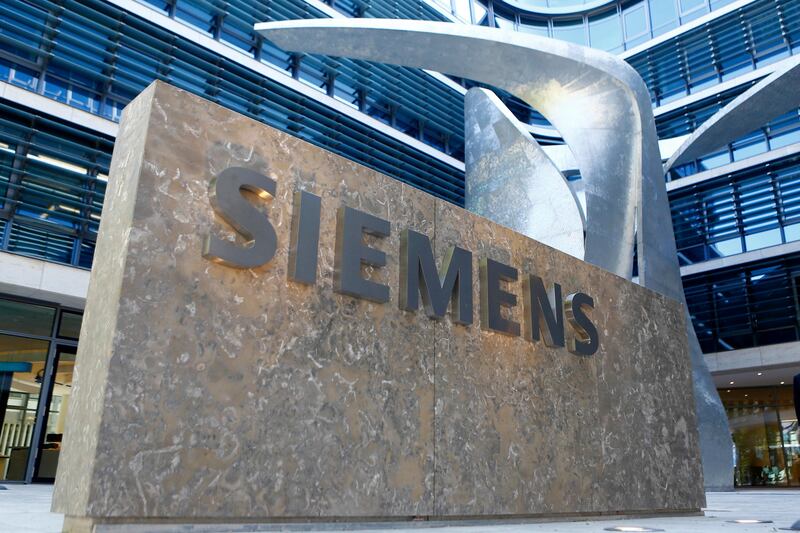Five years after exiting its solar business, Siemens, one of Germany's two largest industrial companies, is reassessing the market on anticipation that solar prices may fall below 2 US cents per kilowatt hour (kWh) before 2020.
"We never left [solar] totally, but now we are going more into the supplying of solutions and taking more care of complete ownership of solar photovoltaic (PV) power plants," said Dorko Eliaszewskyj, global head of PV utility scale Siemens.
The shift in view at Germany's largest engineering company began when the solar PV prices started to drop significantly around the world. Last year the third round of the Mohammed bin Rashid Al Maktoum solar park, totaling 800 megawatts, was awarded at a tariff of 2.99 US cents per (kWh). This was nearly half of the price of the second phase.
_______________
Read more:
[ UAE's push on solar should open eyes across wider world ]
[ BMI Research upgrades UAE's solar outlook following Dubai's CSP tender ]
_______________
"The Solar PV growth rate was constantly underestimated," he said. "The power plants decreased so much and became [one] of the cheapest sources of electricity worldwide. And that was a breakthrough...The UAE was one signal, but then there was Mexico and Chile. Now we see a dramatic decrease all over the world."
In 2012, Siemens restructured its renewable energy organisation to divest its solar business activities. However, it maintained support systems that fall under its energy management division.
Michael Suess, then head of the company's energy sector, said that Siemens' renewable energy activities would be focused on two areas.
"The importance of renewable energies in the global power mix will continue to grow and hydropower and wind energy will remain the major renewable contributors," he said.
That was before the tipping point for renewables. Last year renewable energy investment fell by 23 per cent to US$241.6 billion - its lowest level since 2013, according to a report from Bloomberg New Energy Finance and the UNEP.
However, there was record installation of renewable power capacity worldwide showing the industry had turned into a "more for less" type of story.
The report said that new investment in solar for last year totalled $113.7bn, down 34 per cent from the all-time high in 2015, mostly owing to a sharp cost reductions.
"No one expected this to happen to so fast," said Eicke Weber, chief executive of Berkeley Education Alliance for Research in Singapore, at Intersolar Middle East in Dubai. With his previous work at Germany's Fraunhofer Institute, he said that the research organisation believed it would be 2040 before solar PV hit 2-3 cents per kWh.
Yet the shift toward more solar has set the wheels in motion. "Electricity from solar PV, concentrated solar power and wind are very close on the heels to supply all day power - this opens the floodgates worldwide," said Mr Weber.






